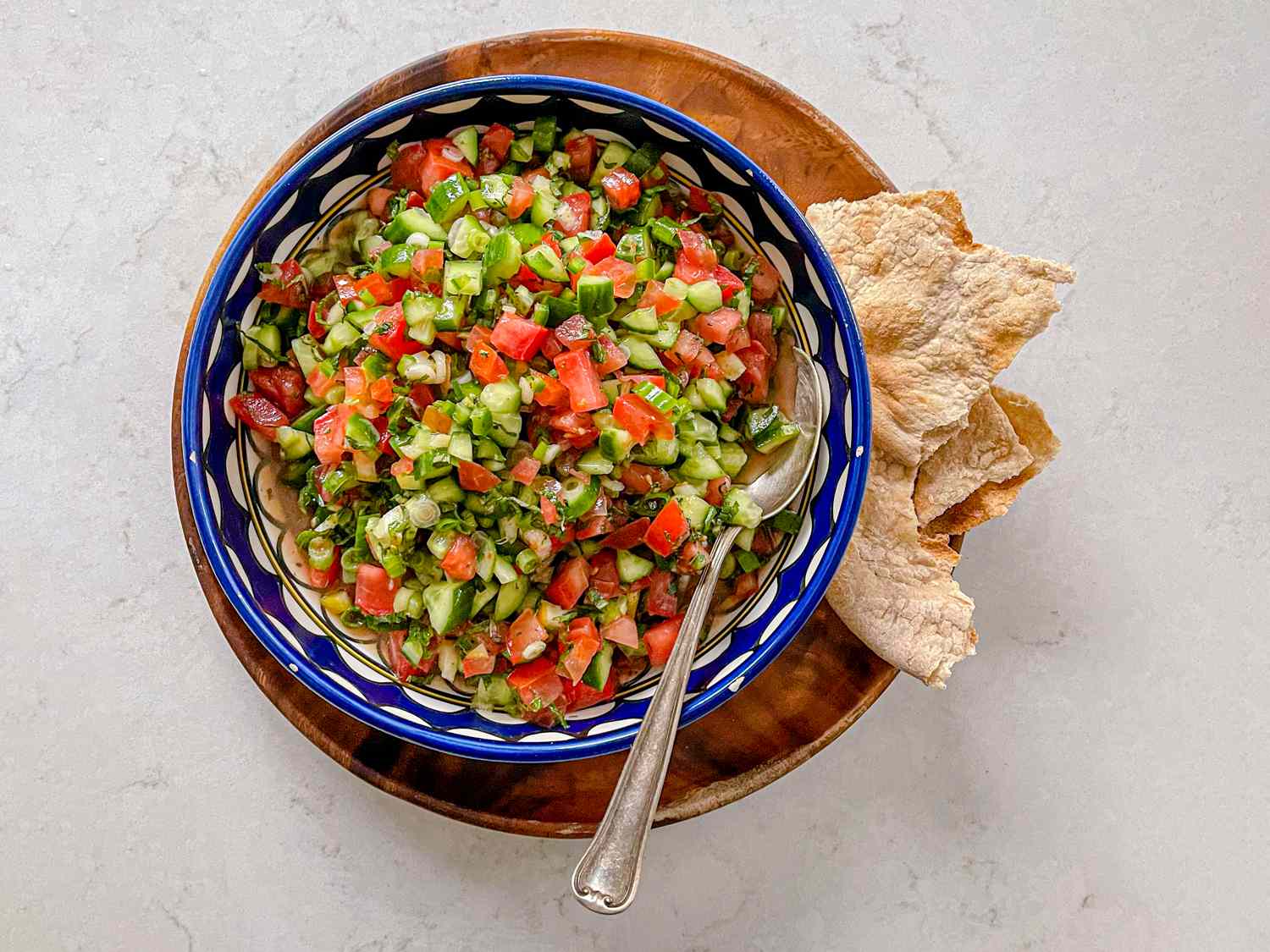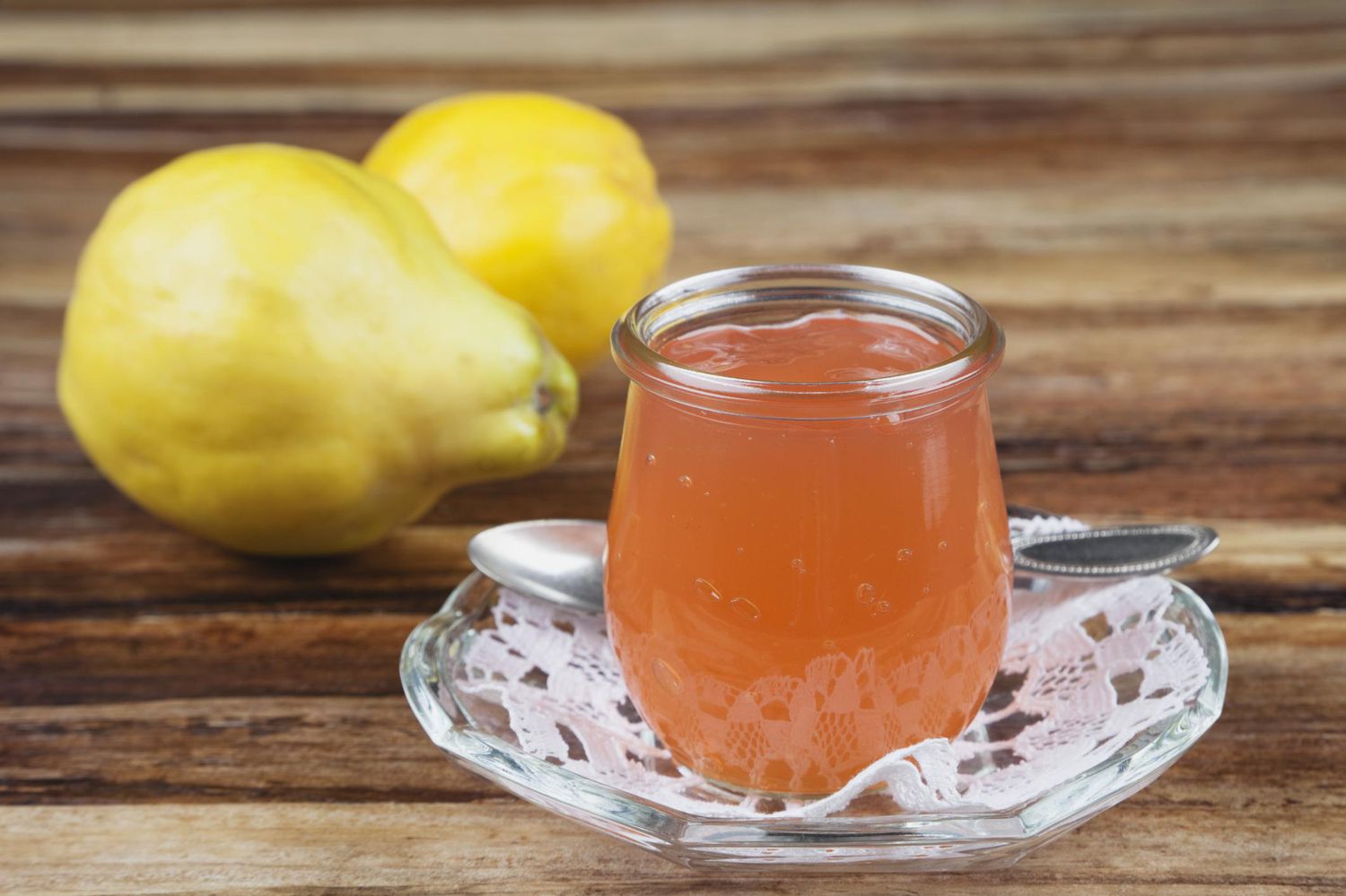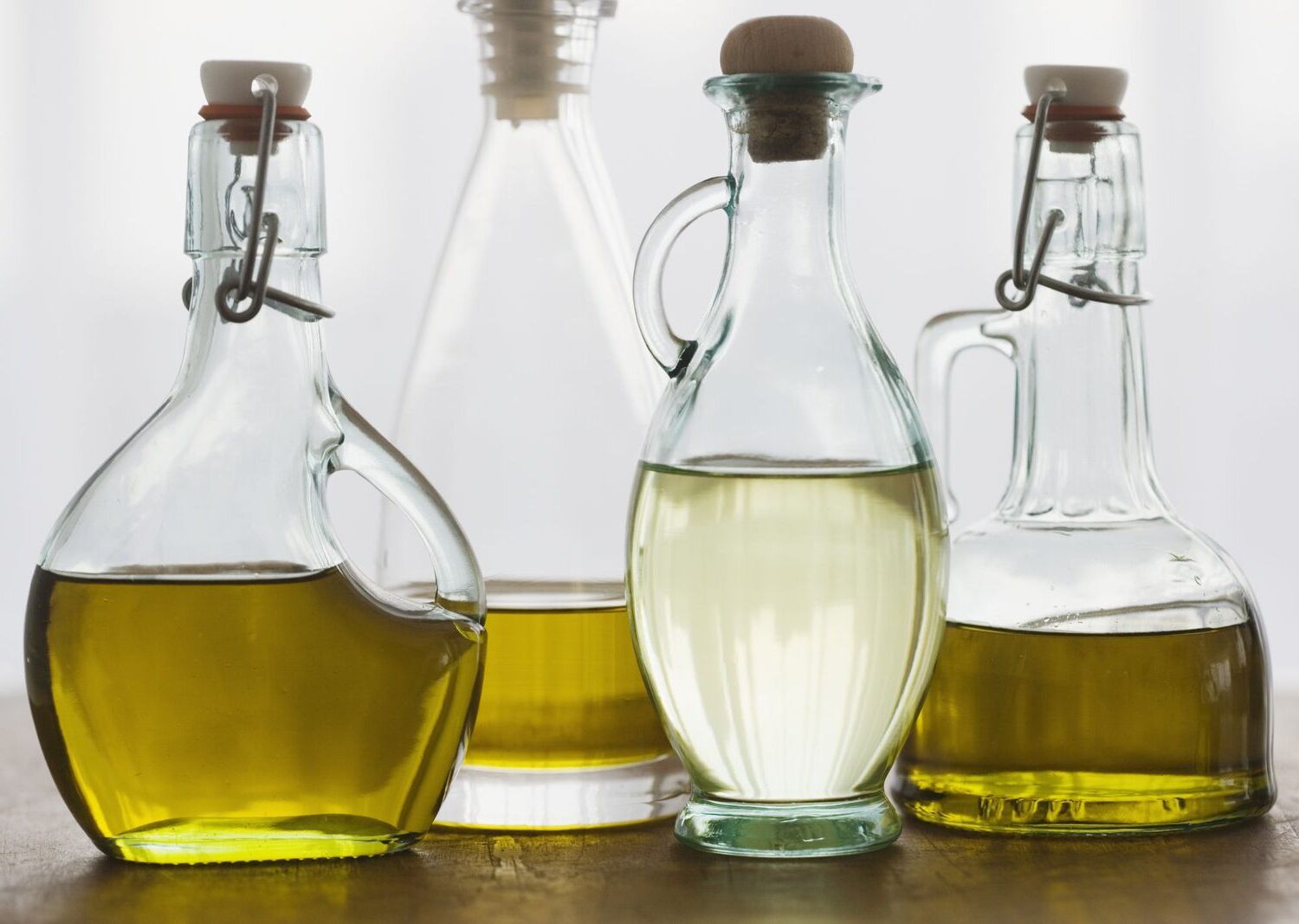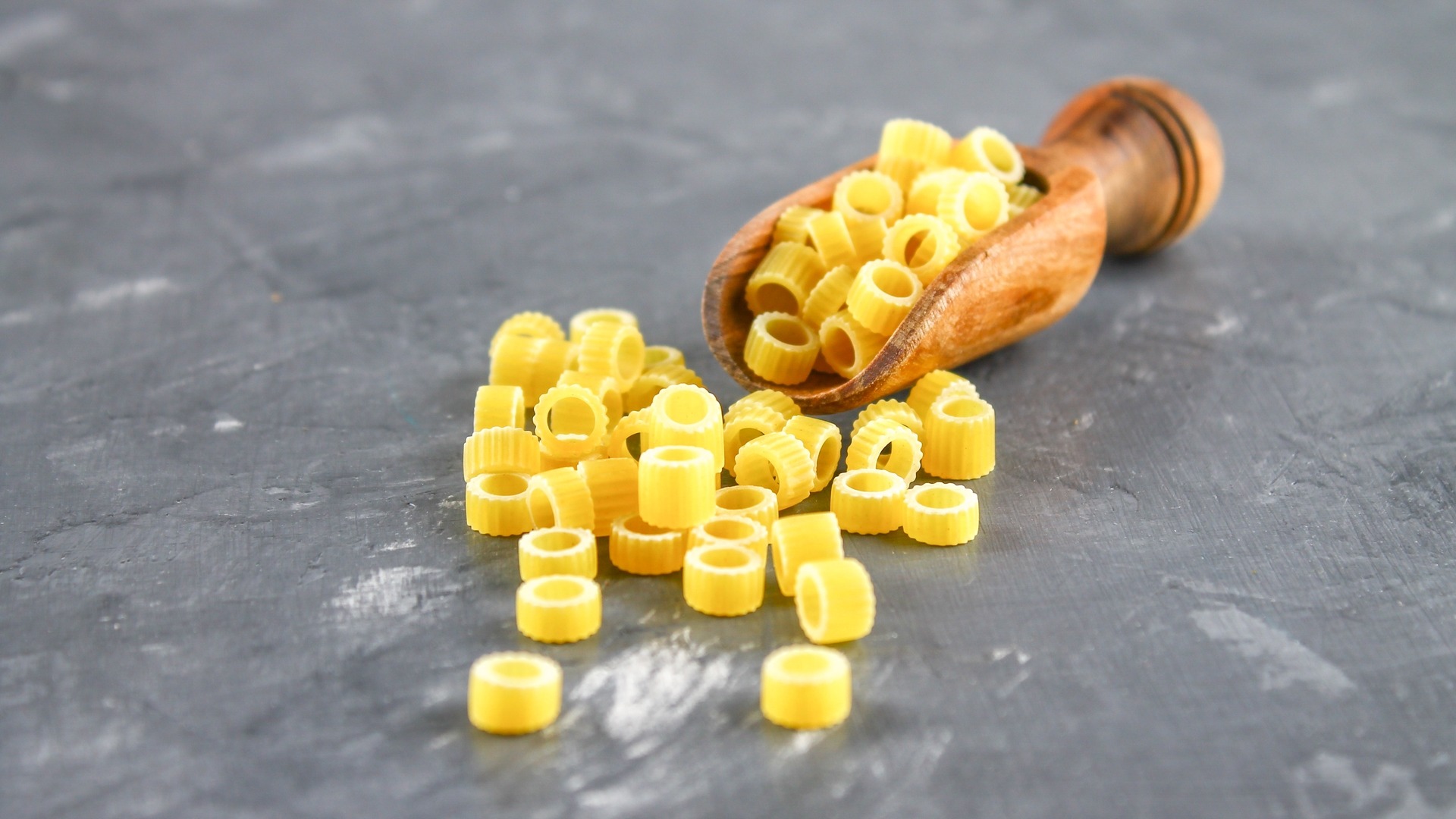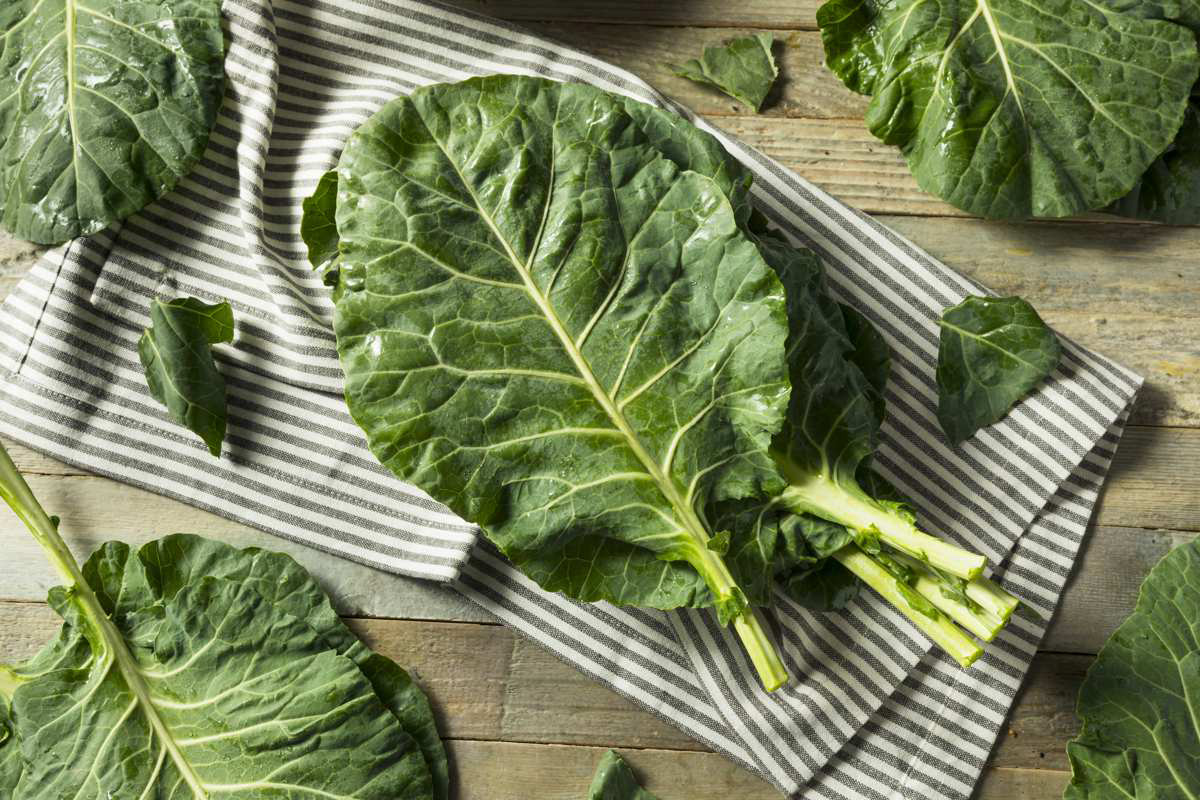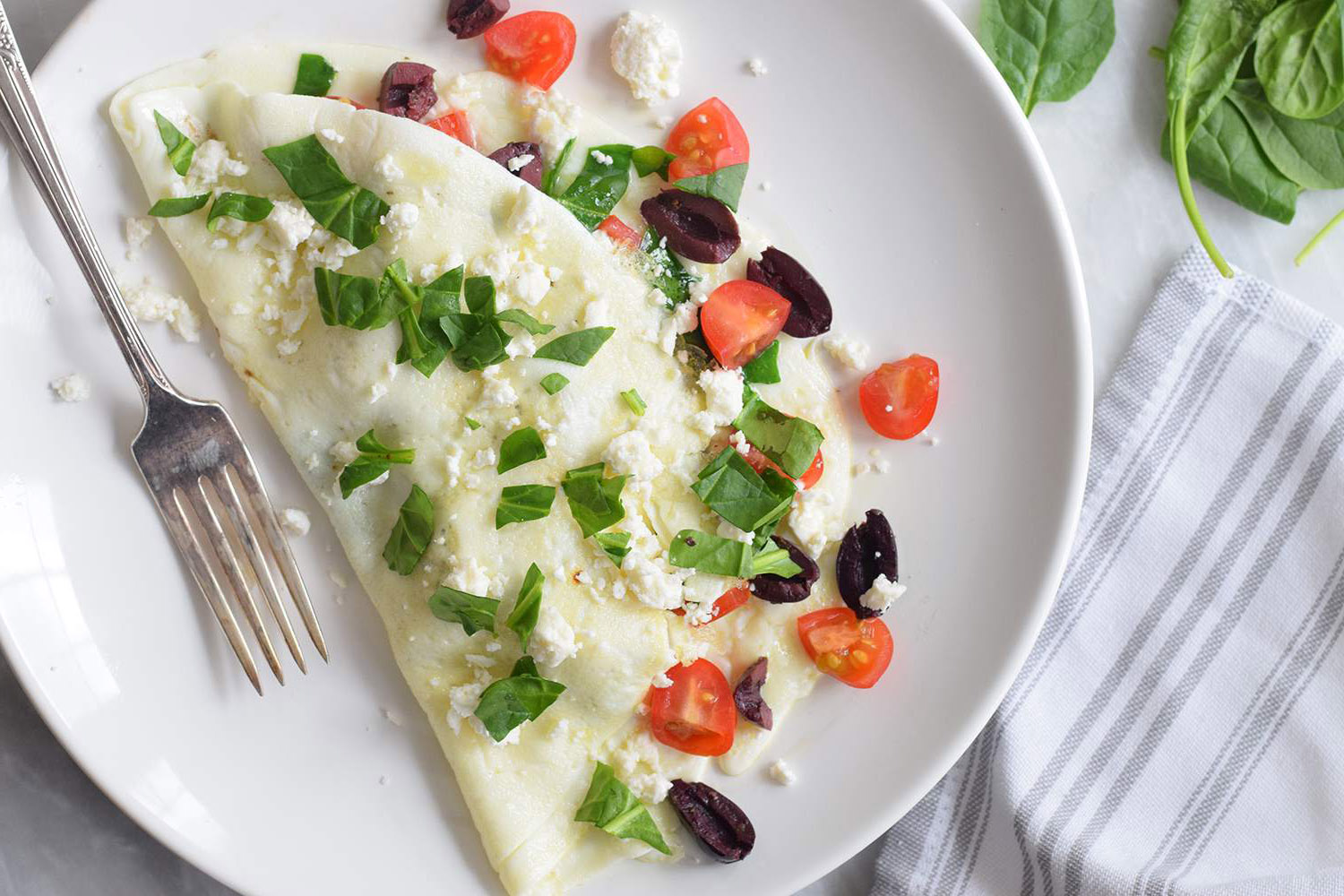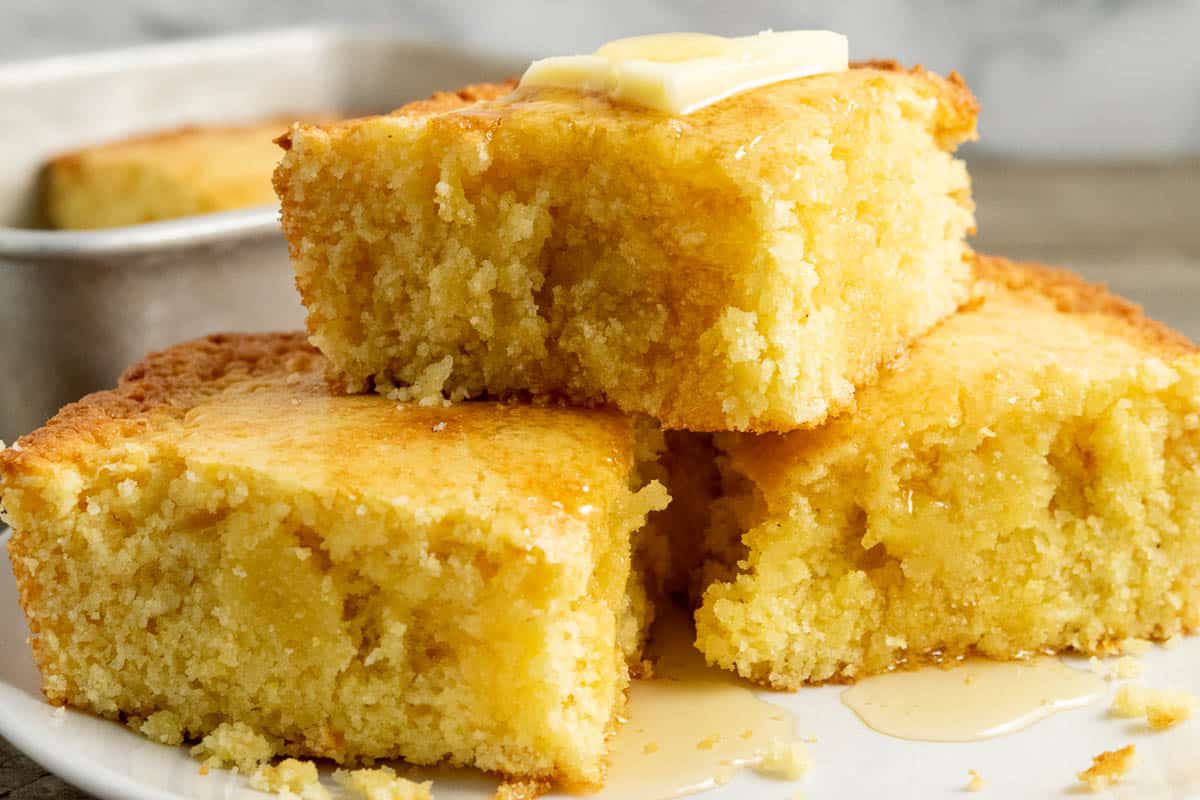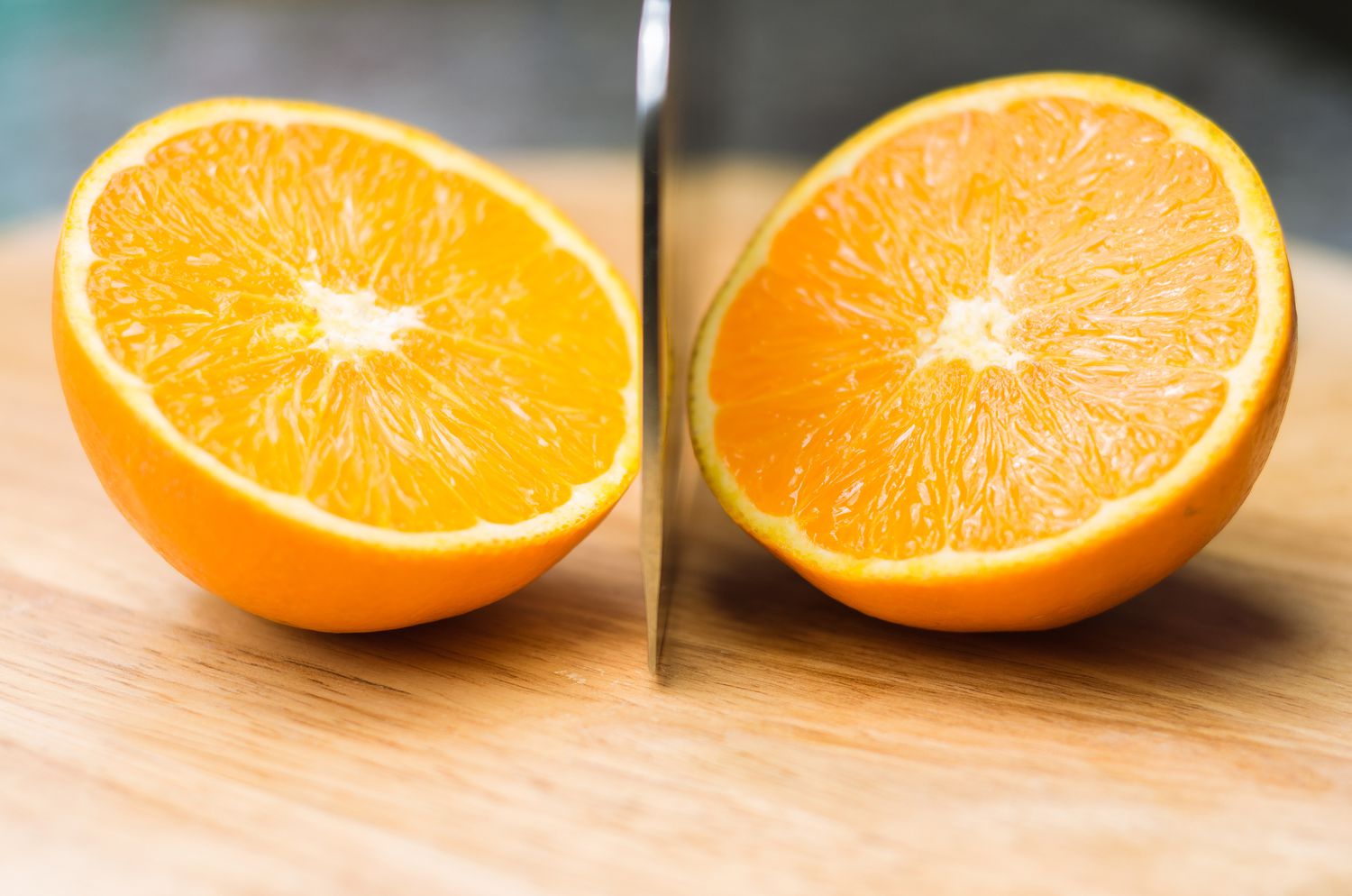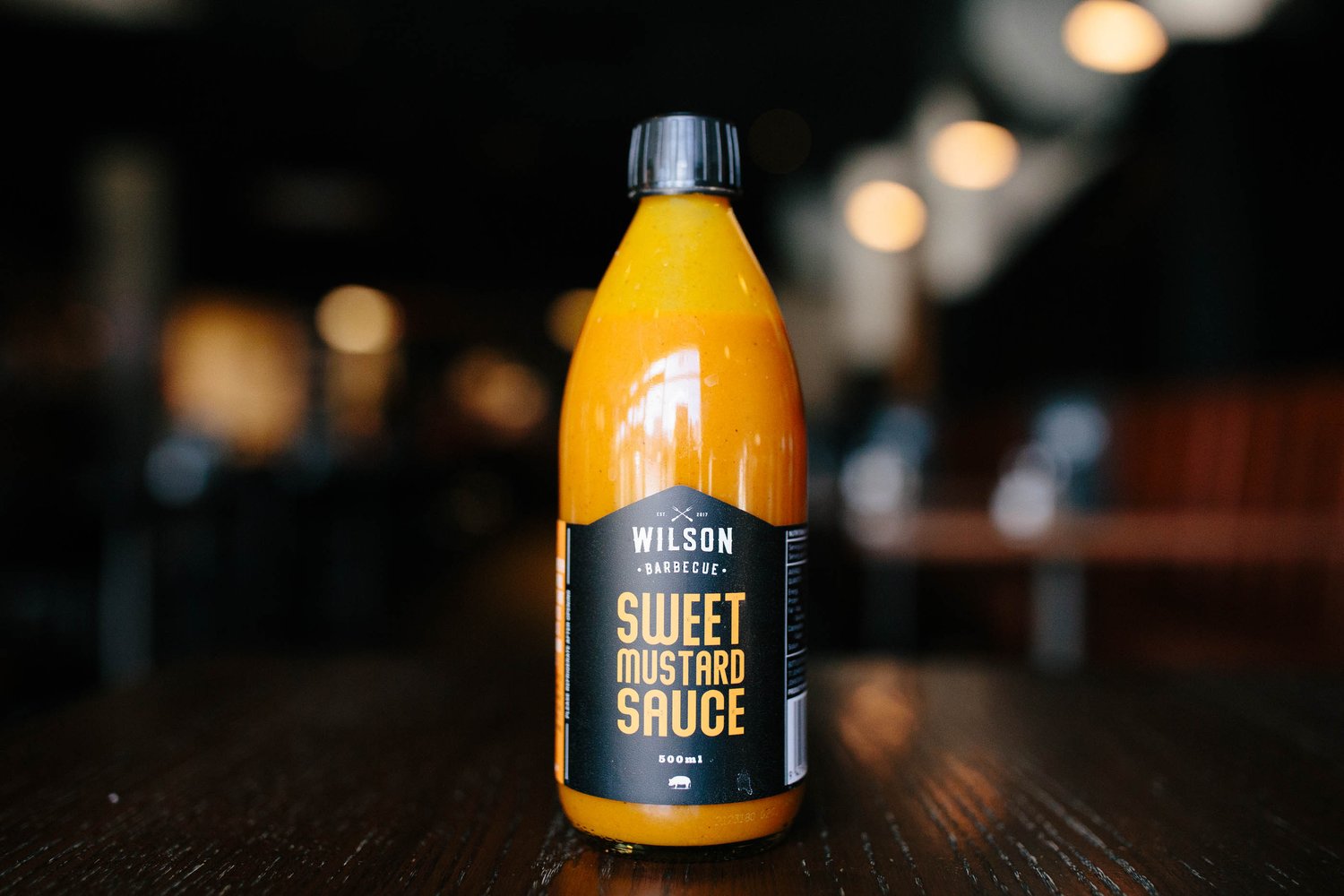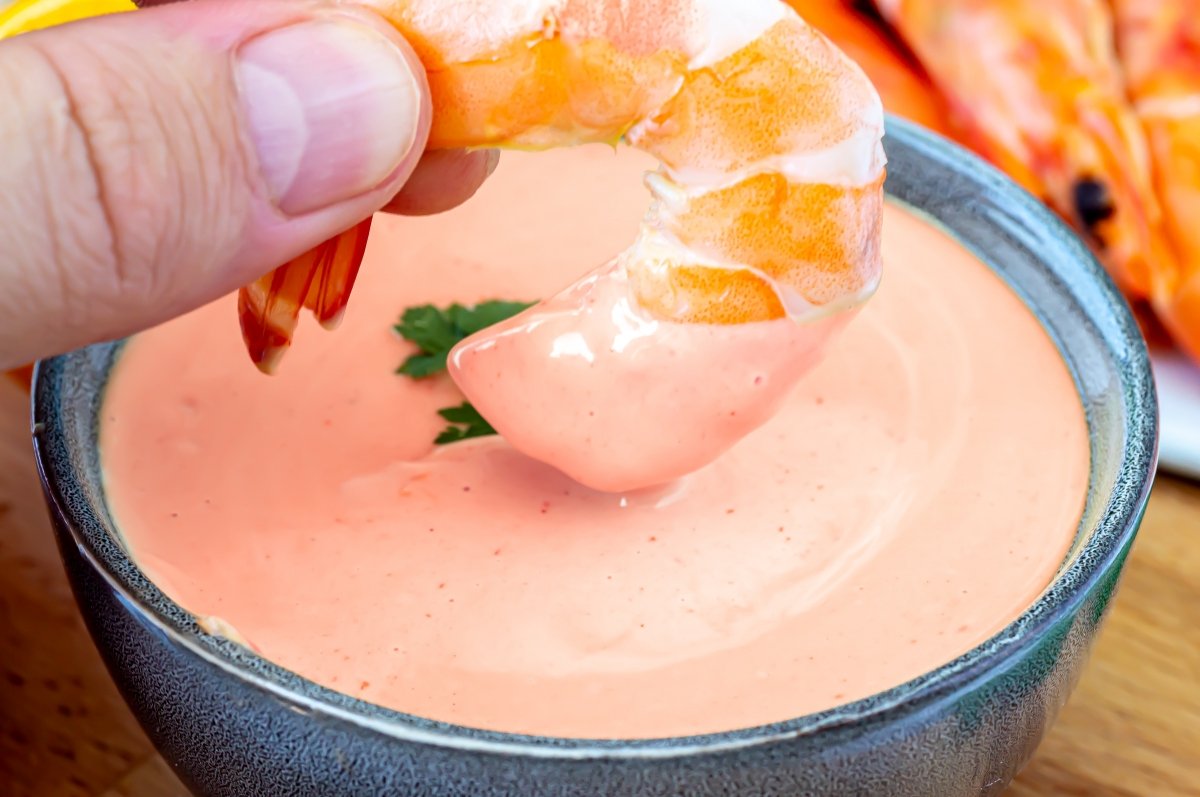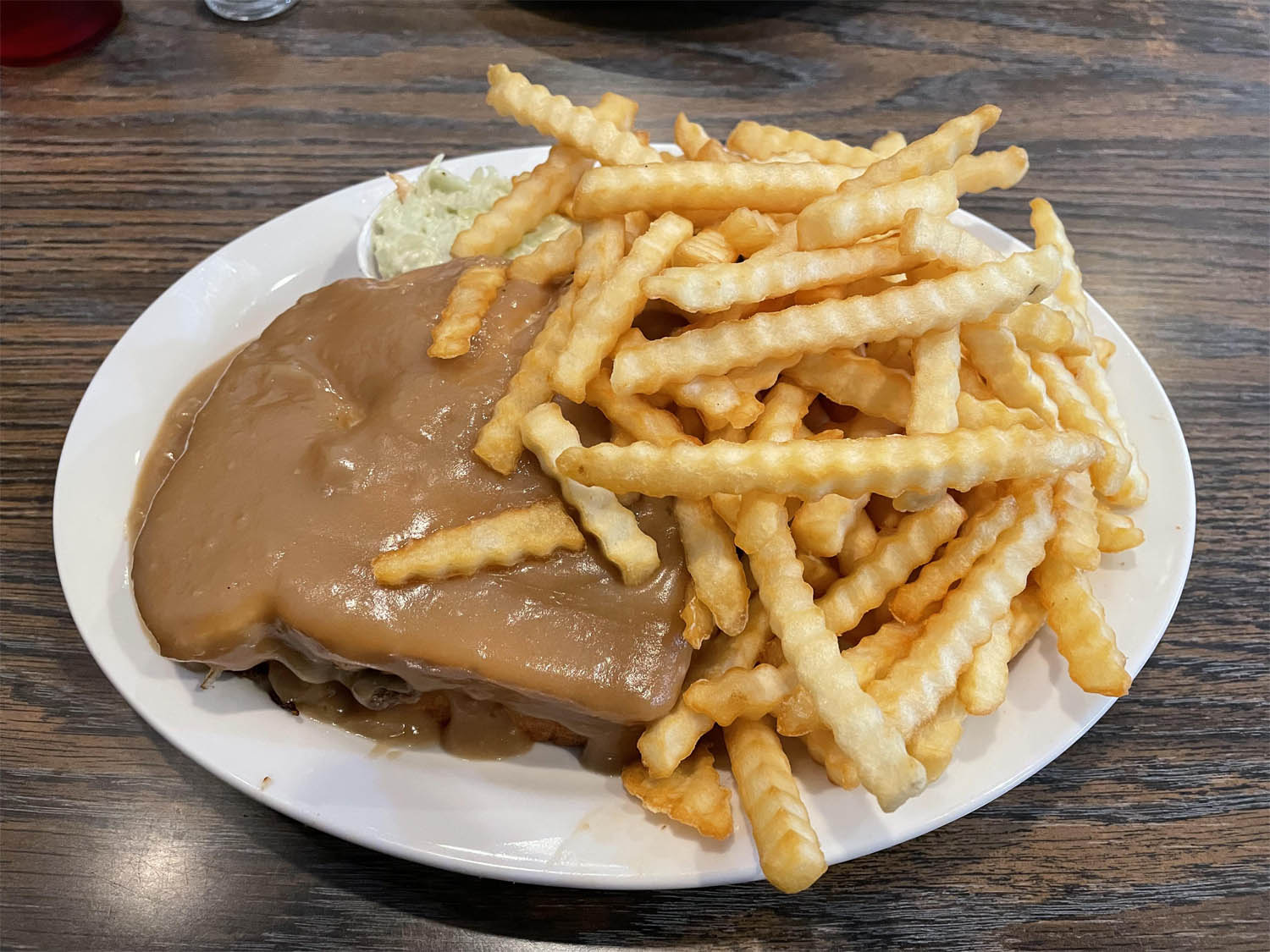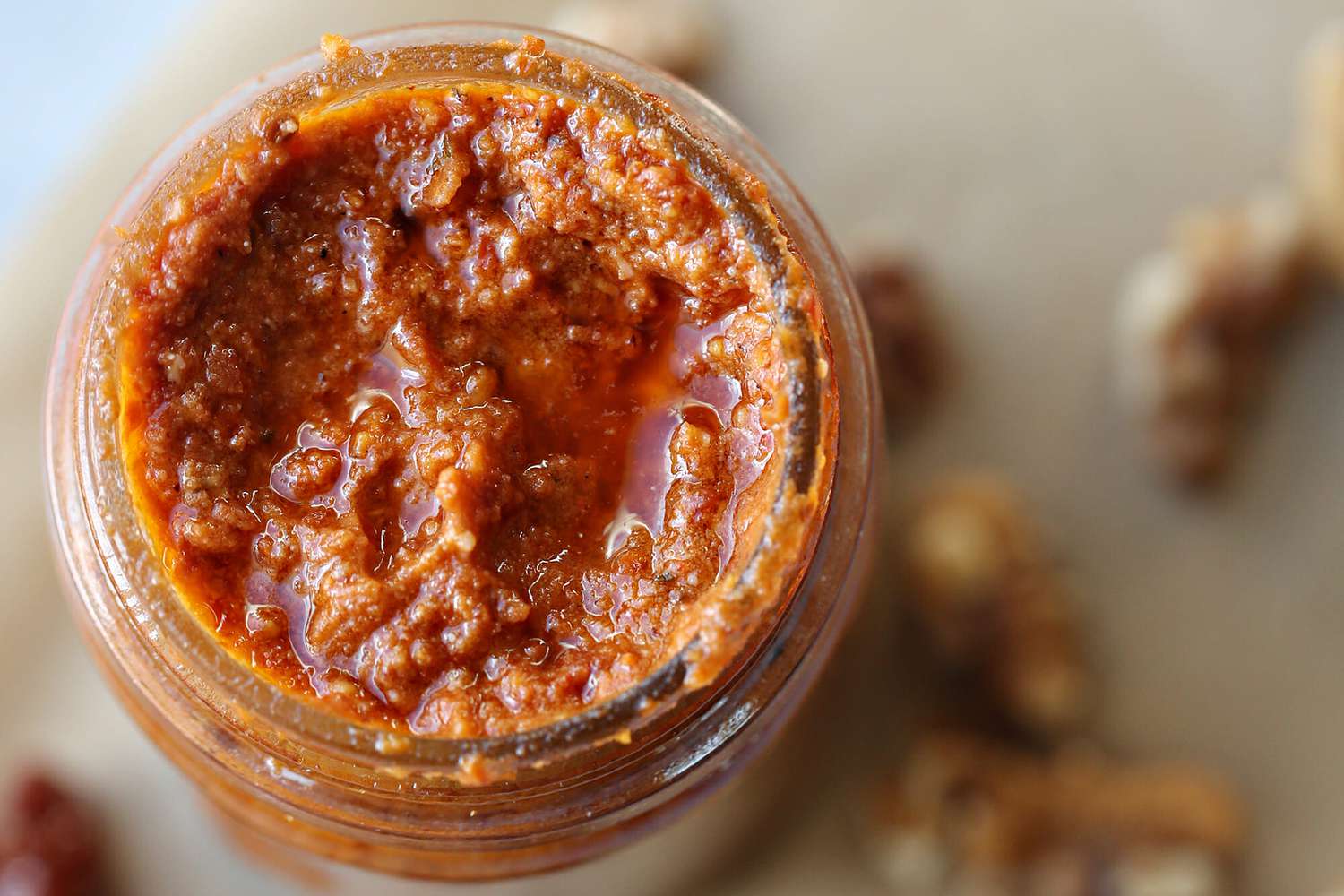Discovering the Delightful Layers of Napoleon Pastry
Have you ever indulged in the exquisite layers of a Napoleon pastry? This delectable dessert, also known as mille-feuille, is a true delight for the senses. Let’s delve into the delightful layers of this classic French pastry and uncover what makes it so irresistible.
The Origins of Napoleon Pastry
The history of Napoleon pastry dates back to the 18th century in France. It is believed to have been named after Napoleon Bonaparte, the French military and political leader. The pastry is known for its delicate layers and rich flavors, making it a favorite in French patisseries and bakeries.
The Layers of Indulgence
One of the most captivating aspects of Napoleon pastry is its intricate layers. This delectable treat is made up of thin, flaky pastry layers that are alternated with luscious pastry cream. The top layer is often adorned with a dusting of powdered sugar or a glossy layer of icing, adding a touch of elegance to the dessert.
The Art of Preparation
Creating a perfect Napoleon pastry requires precision and skill. The pastry dough is carefully rolled out and baked until it achieves a golden, flaky texture. The pastry cream, often flavored with vanilla or chocolate, is whipped to perfection and spread evenly between the layers of pastry. The result is a symphony of textures and flavors that is simply irresistible.
Enjoying Napoleon Pastry
Whether enjoyed with a cup of coffee or as a decadent dessert after a meal, Napoleon pastry is a true indulgence. Its delicate layers and rich, creamy filling make it a popular choice for those with a sweet tooth. Many bakeries and patisseries offer their own unique twists on this classic pastry, incorporating flavors such as raspberry, pistachio, or caramel for a delightful variation.
Conclusion
Napoleon pastry, with its delicate layers and rich flavors, is a true masterpiece of French pastry-making. Its origins may be rooted in history, but its appeal is timeless. Whether you savor it in a quaint Parisian cafe or attempt to create it in your own kitchen, the Napoleon pastry is sure to leave a lasting impression with its delightful layers of indulgence.
Was this page helpful?
Read Next: What Is Perlo
